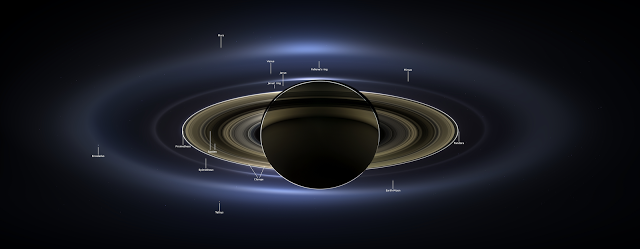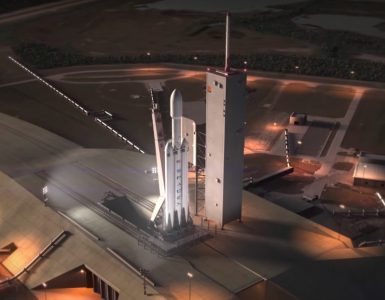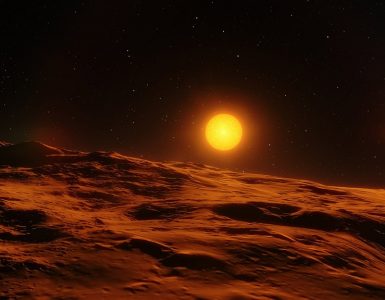After studying it for around seven years, they have determined that this flutter would be much less if the icy crust was connected directly to Enceladus’s rock core. This can be viewed as a strong support for the idea of an intervening, global mass of liquid. Matthew Tiscareno, a Cassini scientist based at the Seti Institute but previously affiliated to Cornell University, US said,” If the surface core were rigidly connected, the core would provide so much dead weight that the wobble would be far smaller than what we observe it to be. This proves that there must be a global layer of fluid separating the surface from the core.”
Scientists noticed something strange on Enceladus when they first detected the deflection in the disturbance of magnetic fields produced by the presence of something that appeared to be an atmosphere. They quickly established that the moon has huge jets of water vapor through south polar surface cracks dubbed tiger stripes because of their similarity to the big cat’s fur coat. Following this, models were produced to explain how liquid water could be maintained on a 500km- wide body in the outer Solar System, and how it might be feeding the jets.
Other researchers also suggest that Enceladus has the kind of geological activities that are necessary for the evolution of life. This is something that sets it apart from the other moons in our Solar system that seem to have oceans hiding beneath their ice cover. As the scientists are quite certain that Enceladus’s ocean covers the moon’s entire surfaces, the potential habitability of the world has gone way up. This is a major step towards understanding Saturn and its moons. The study has also opened up debate as to why the ocean on the surface of Enceladus not frozen.
Image Courtesy: NASA






















